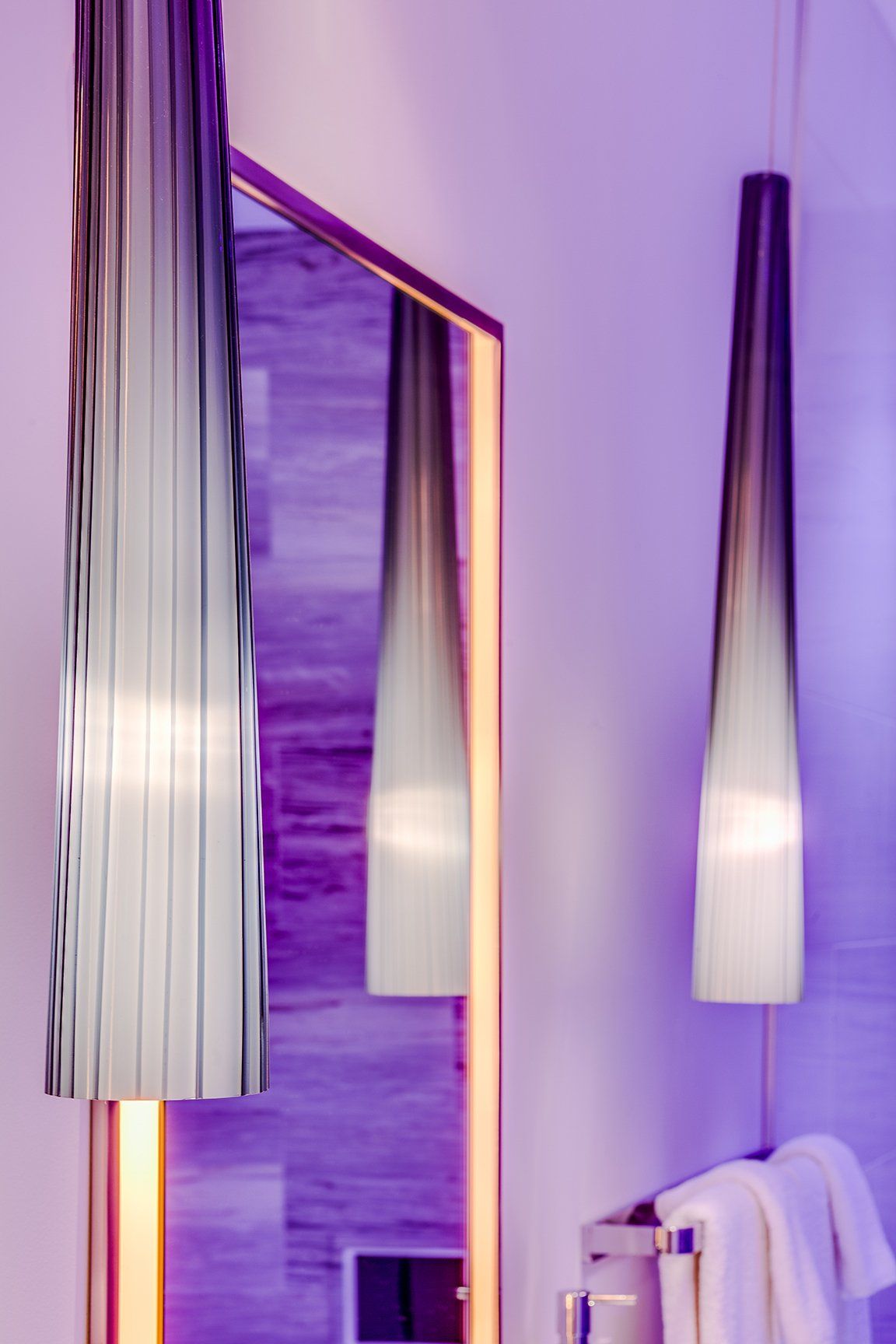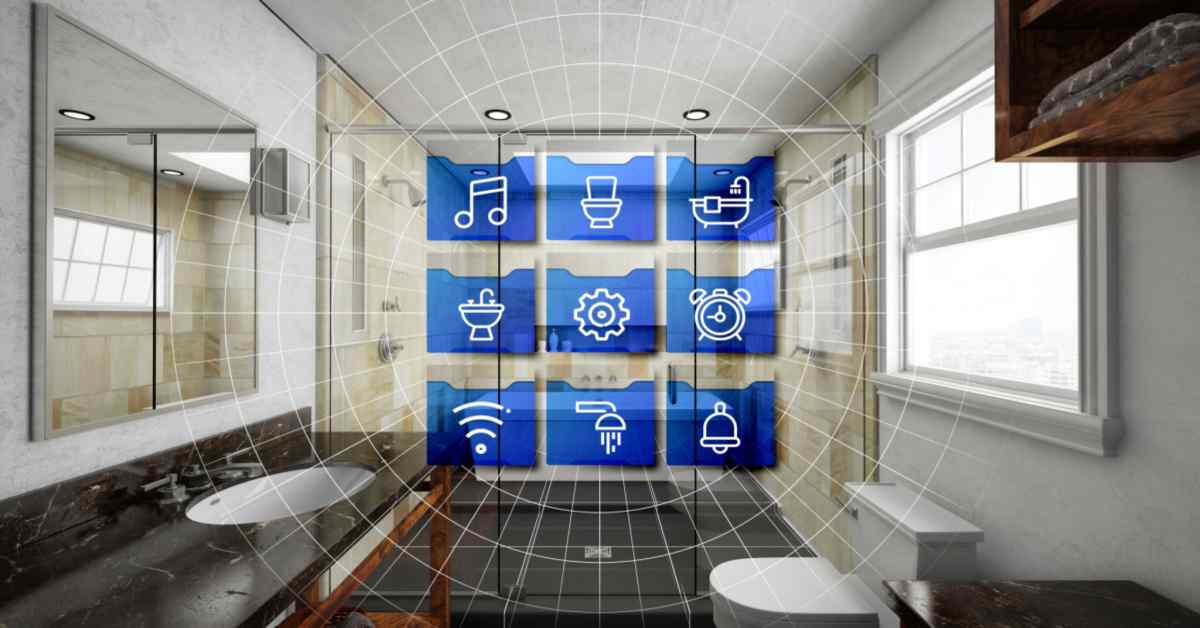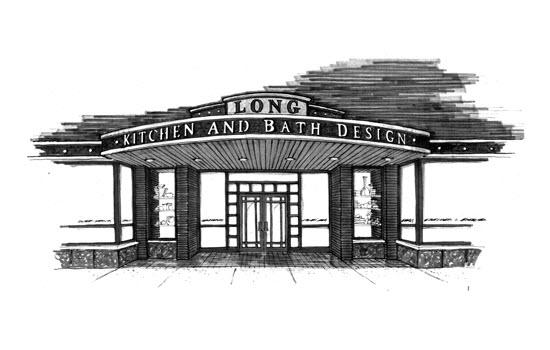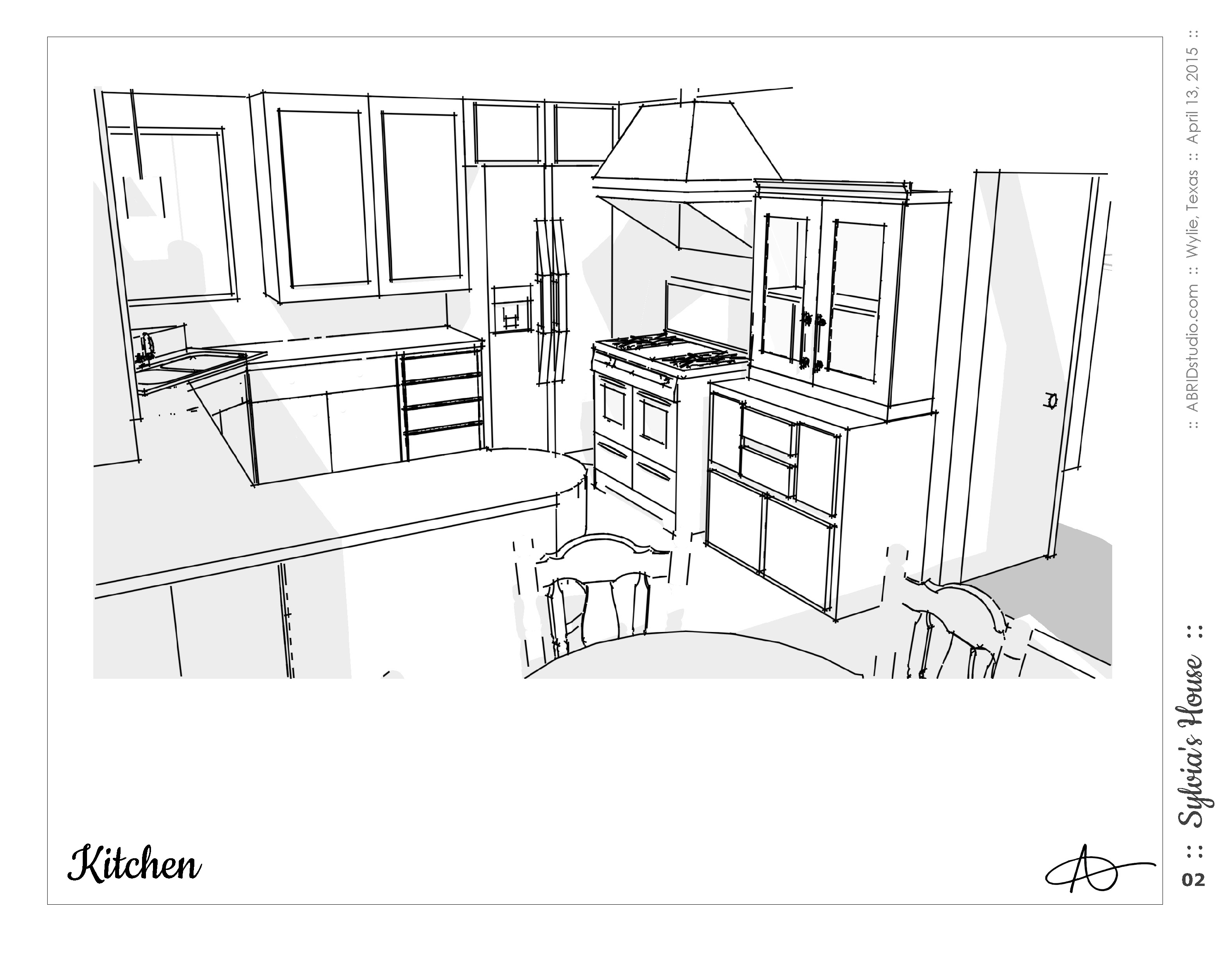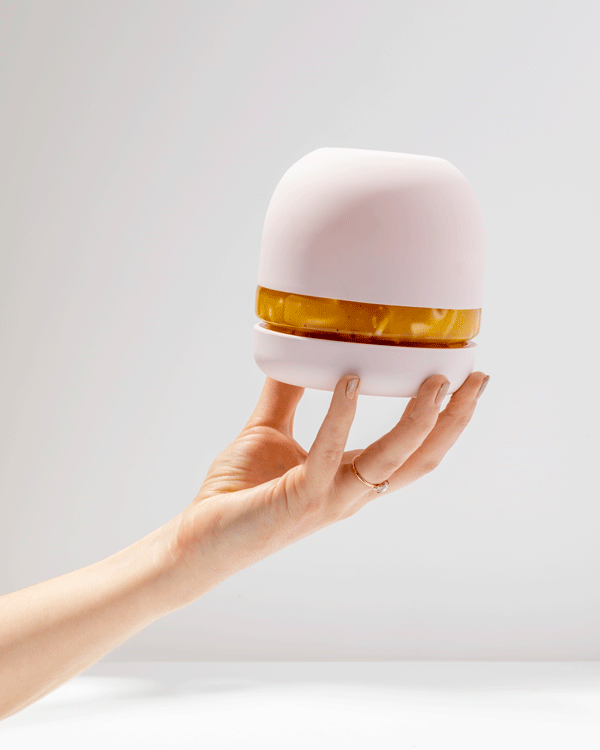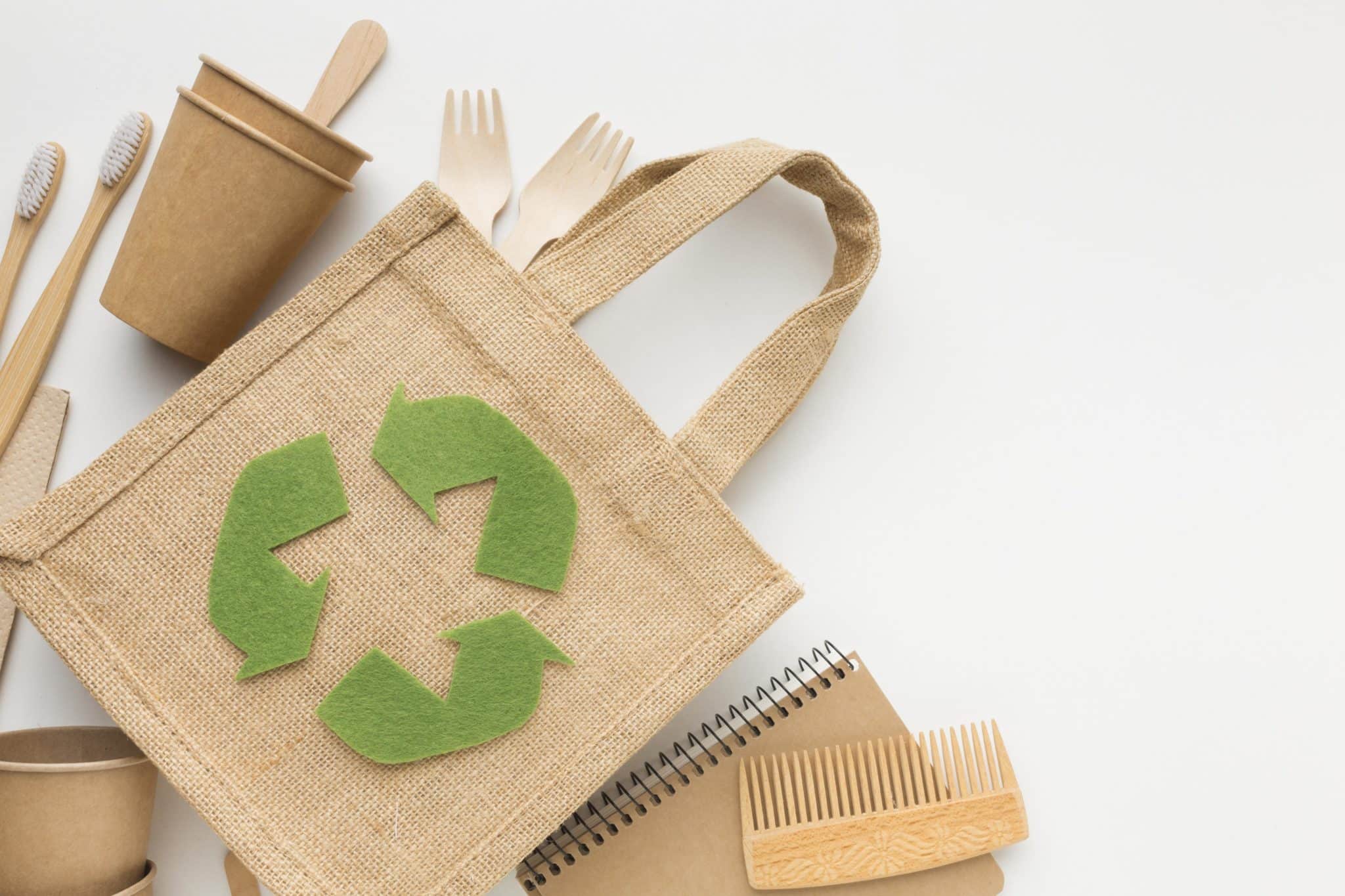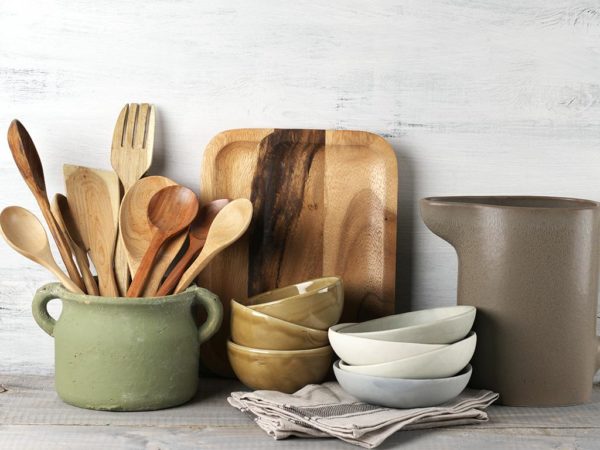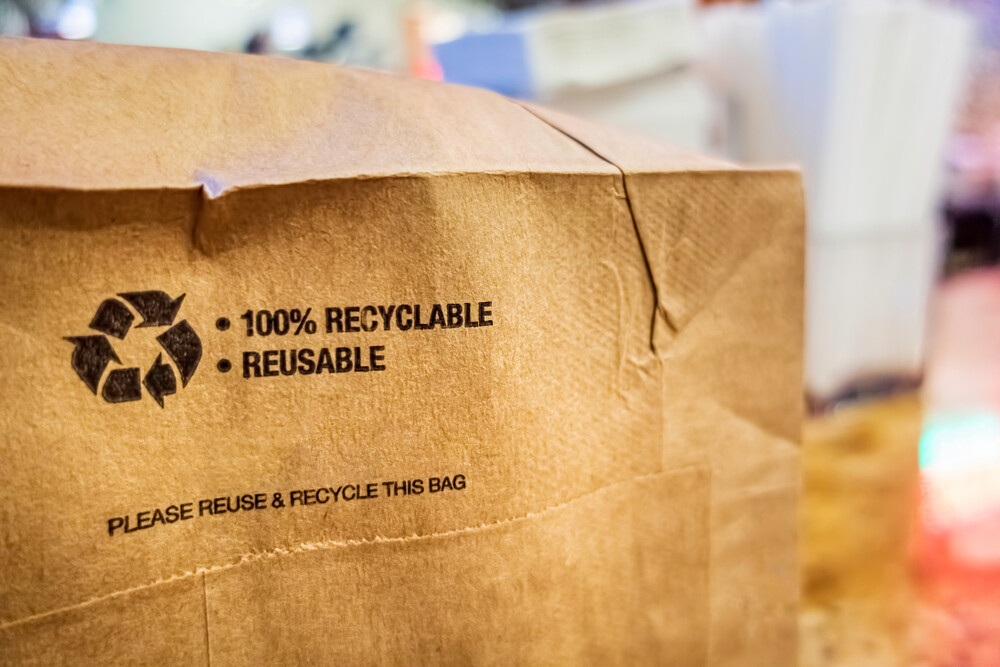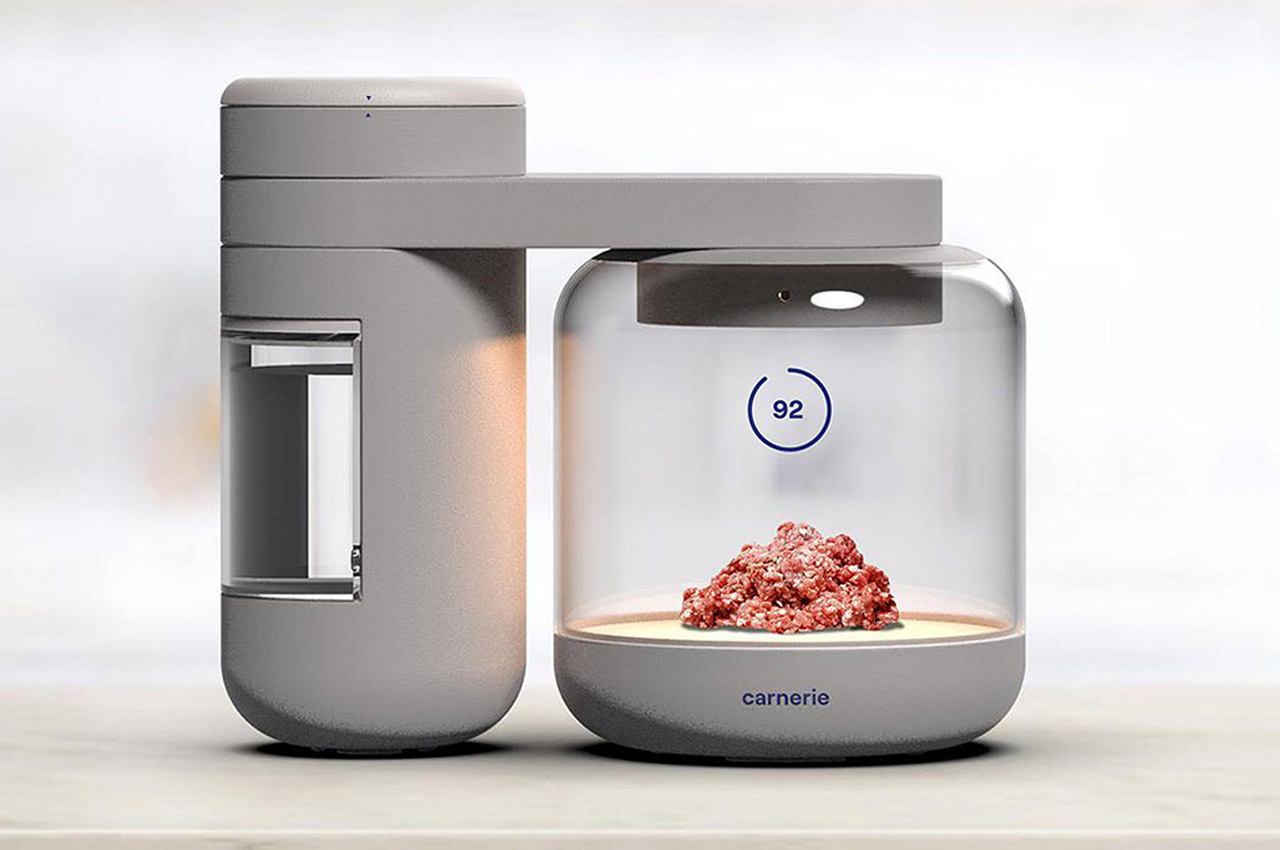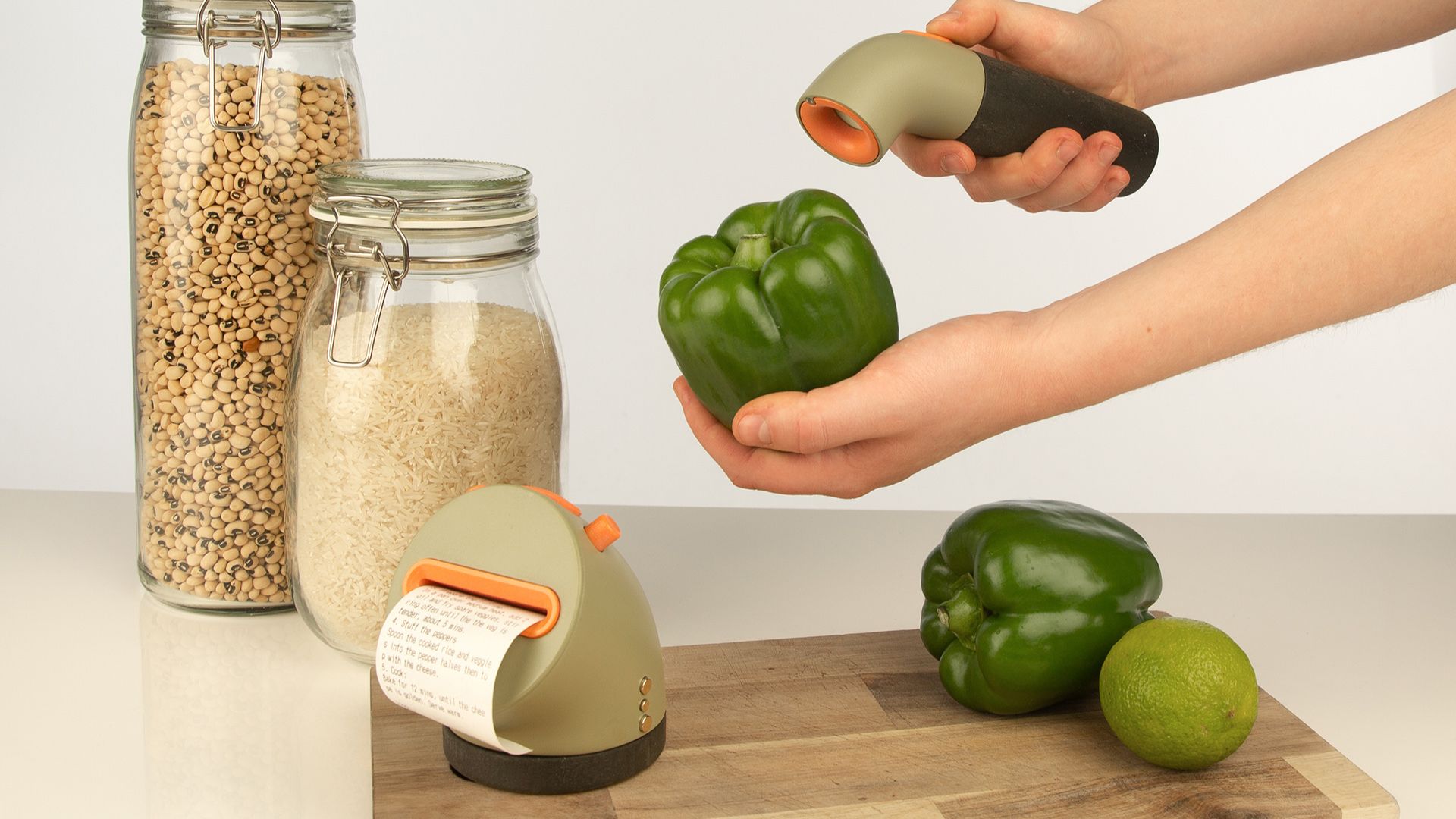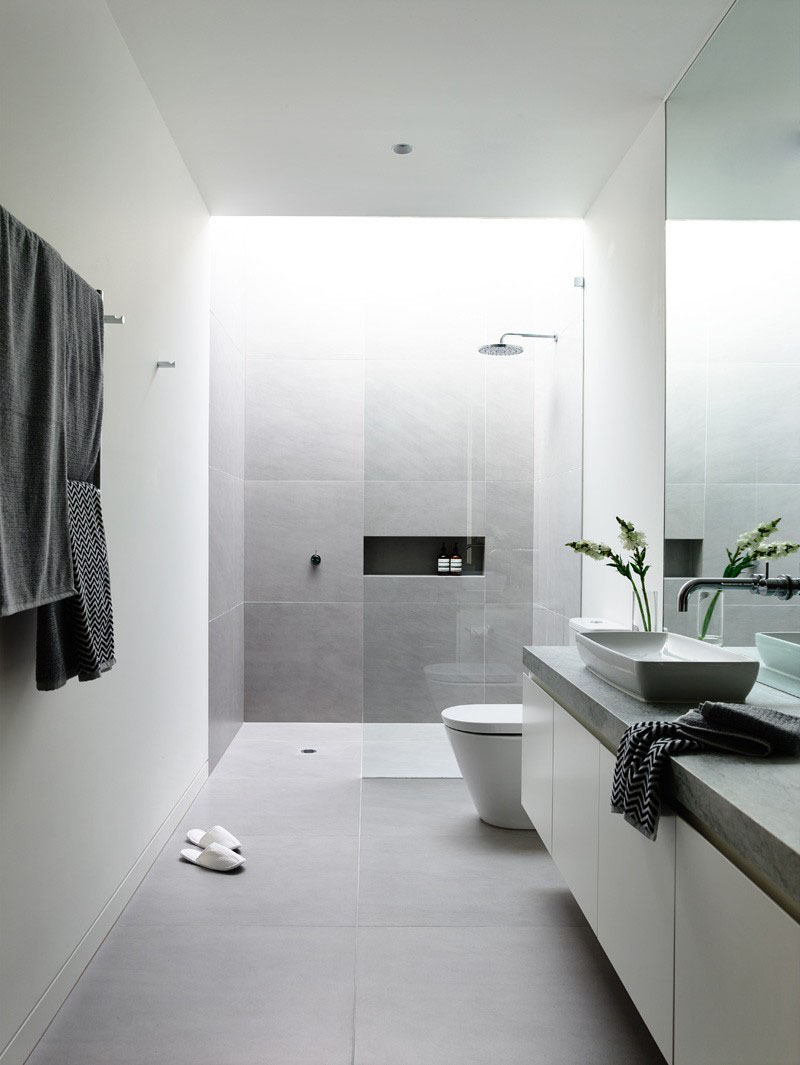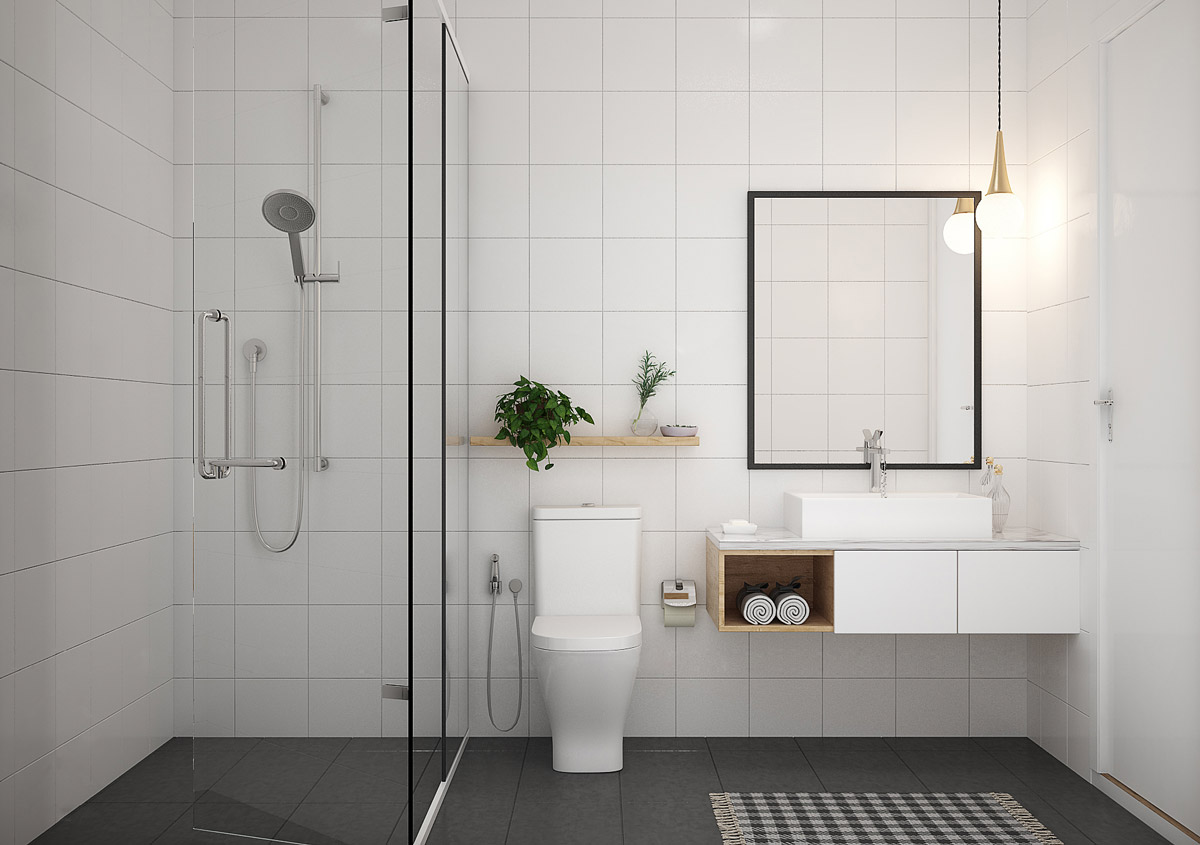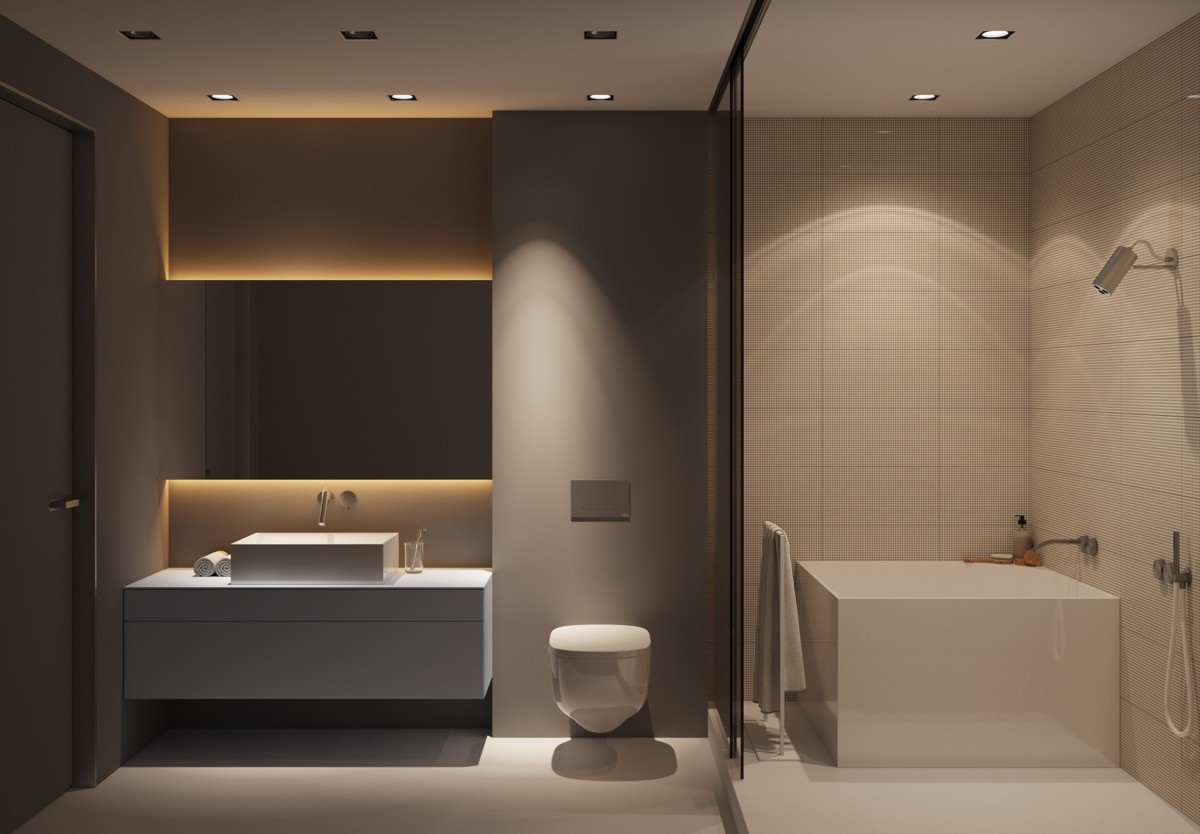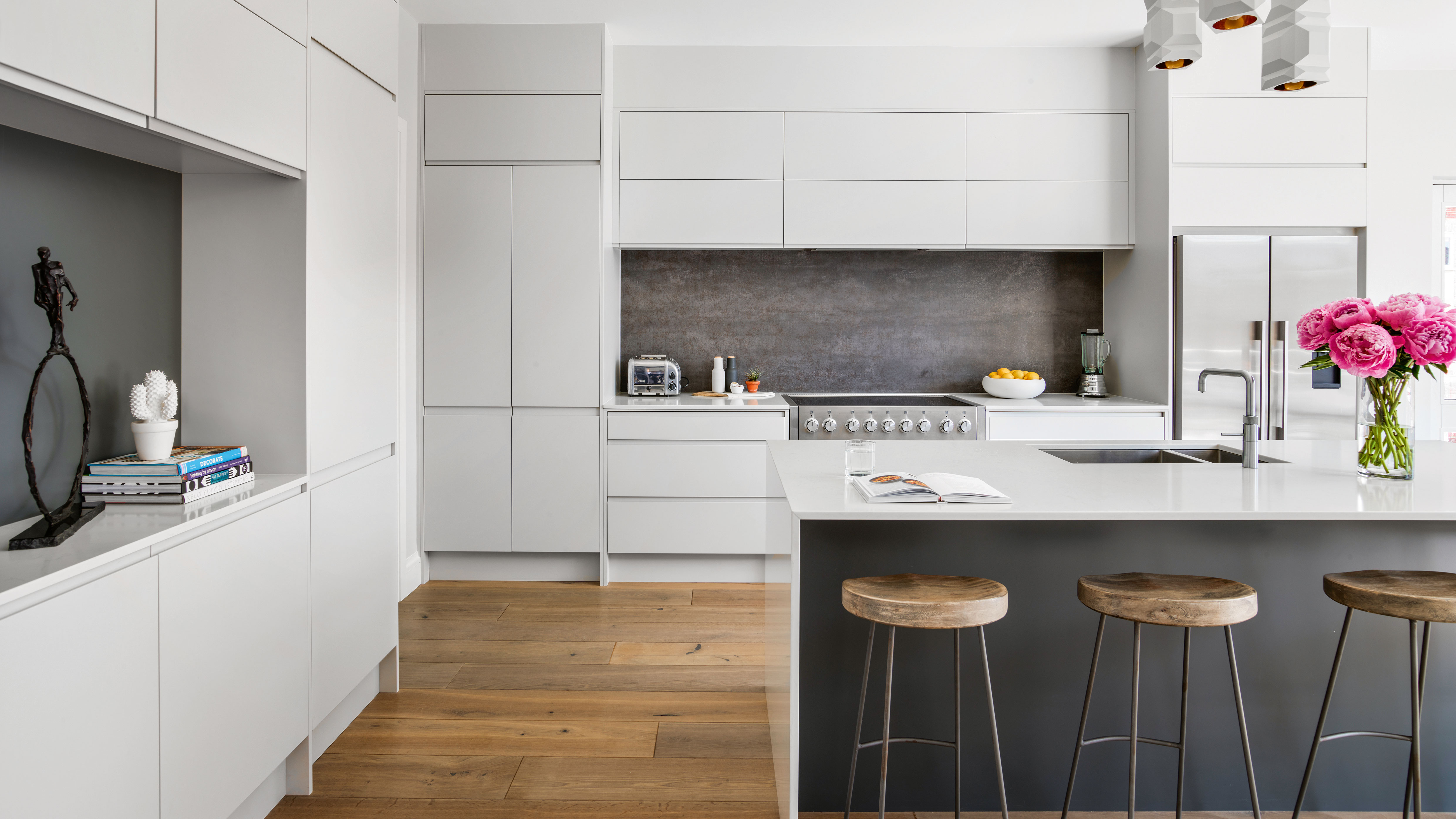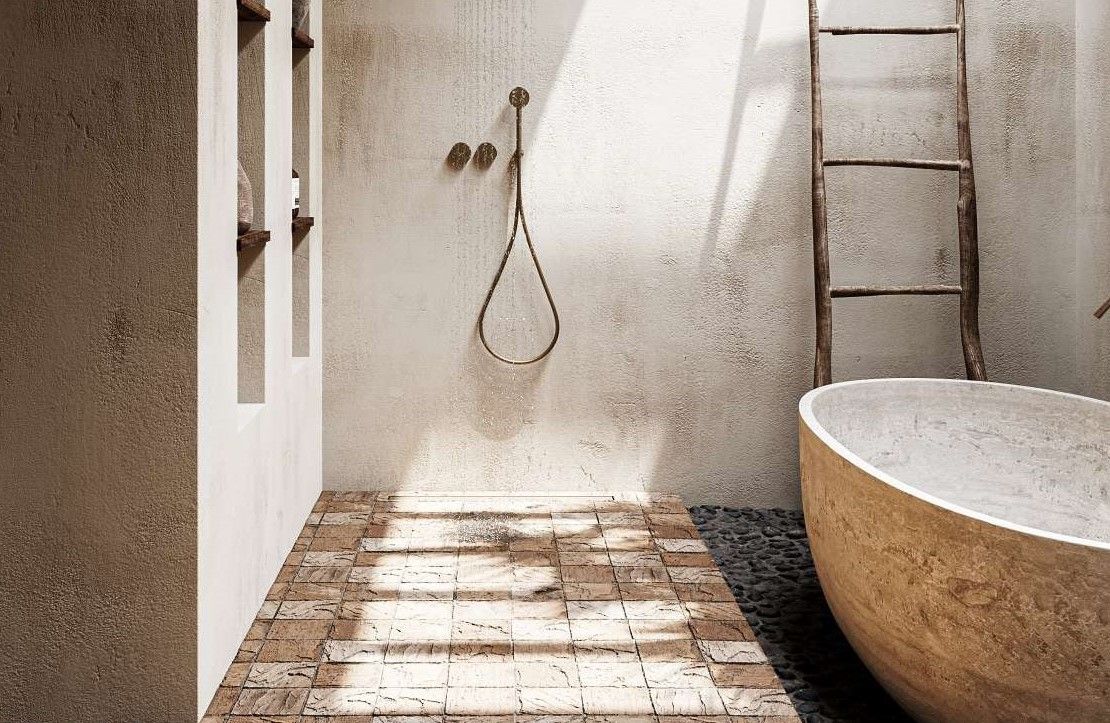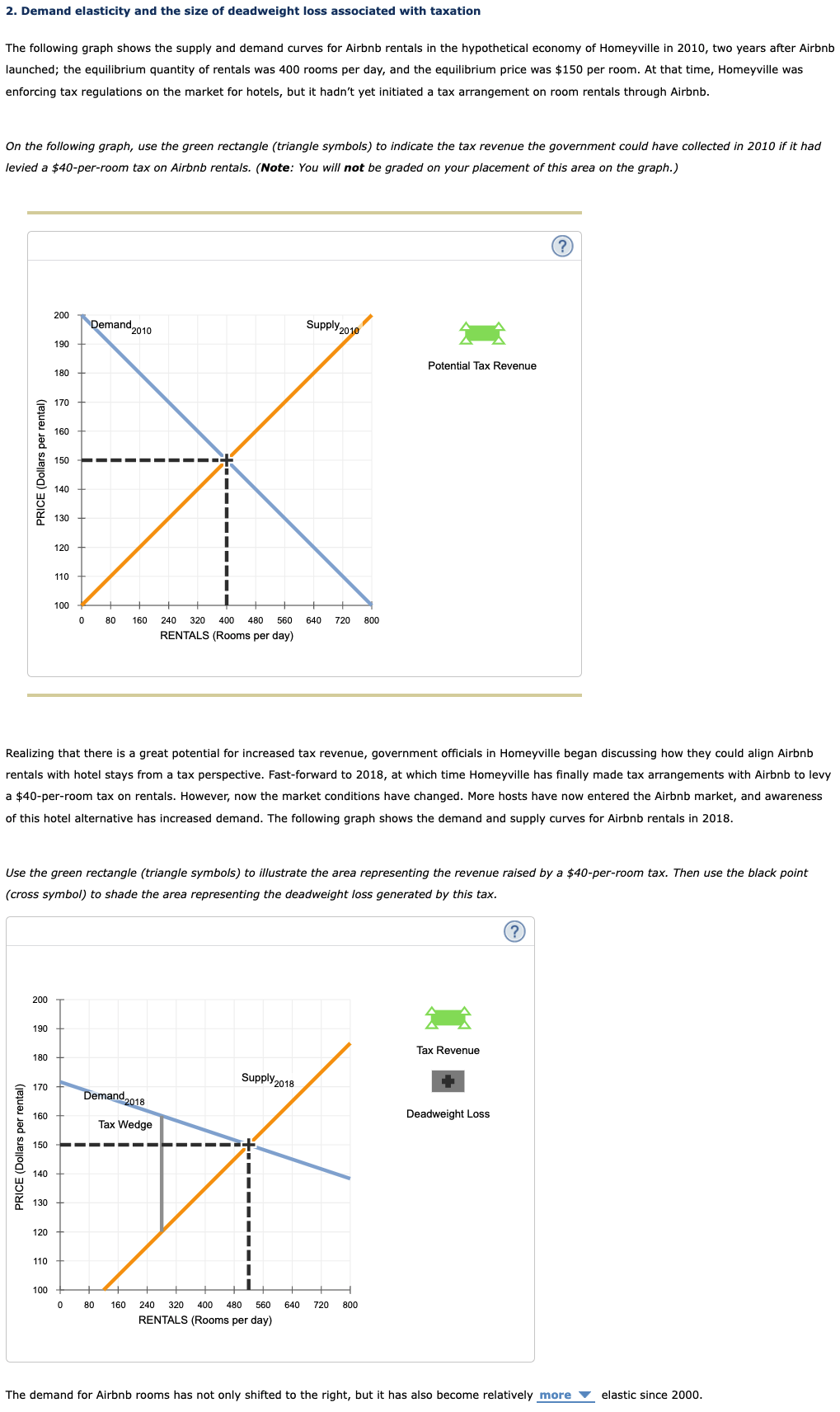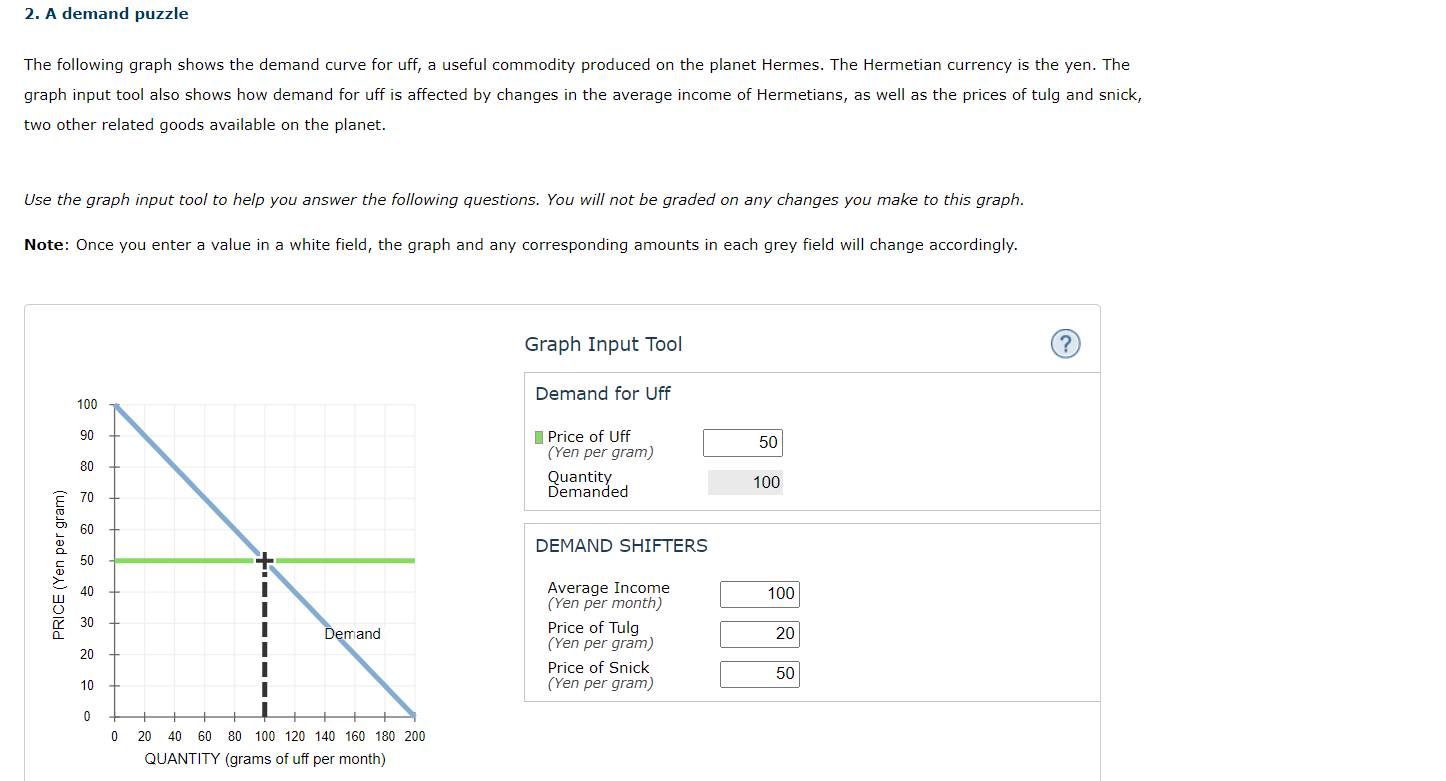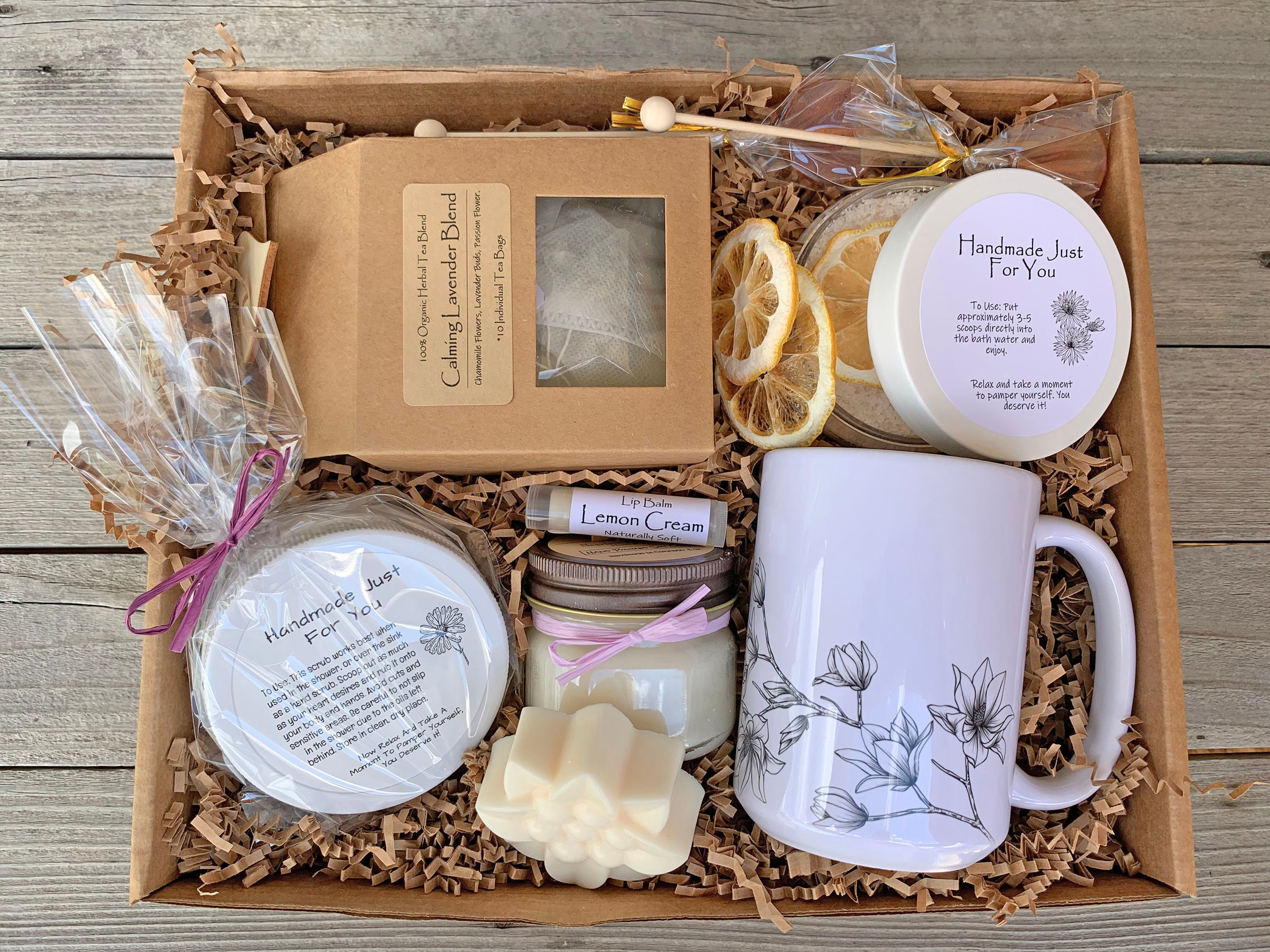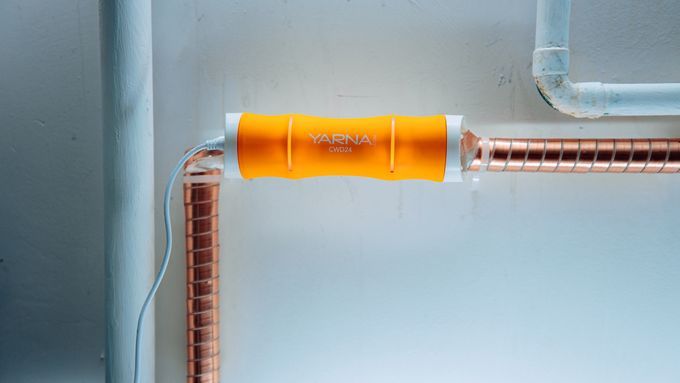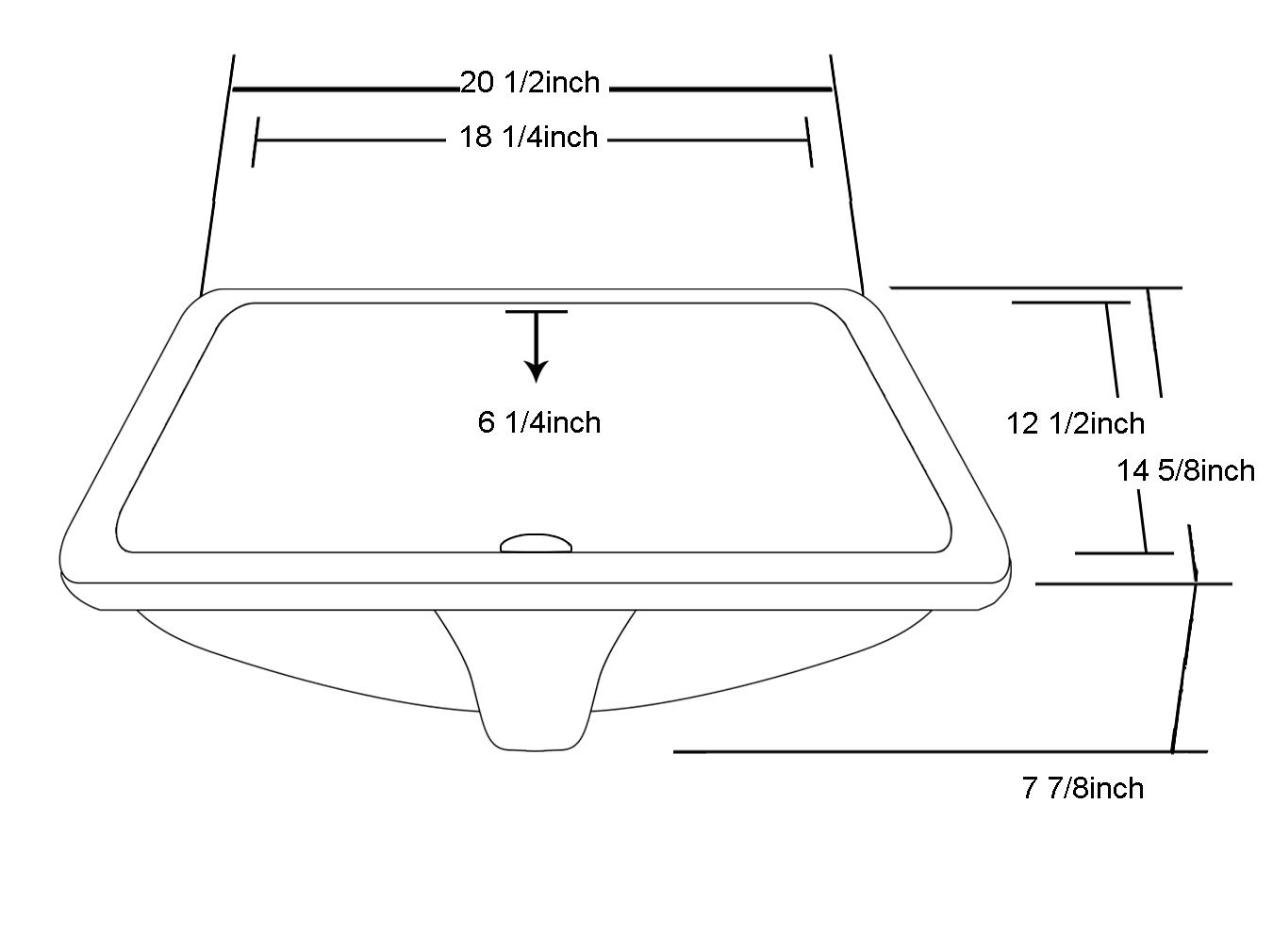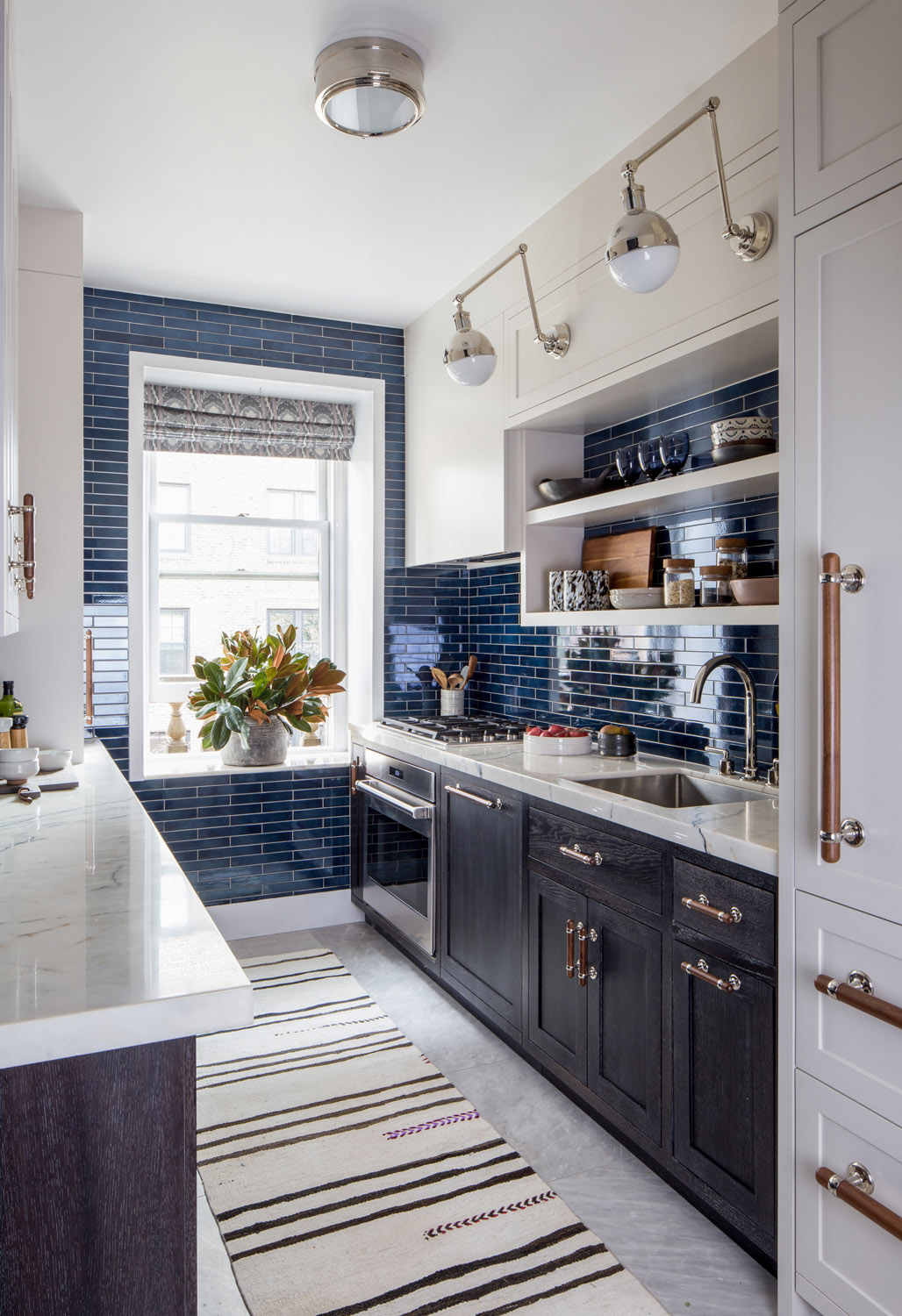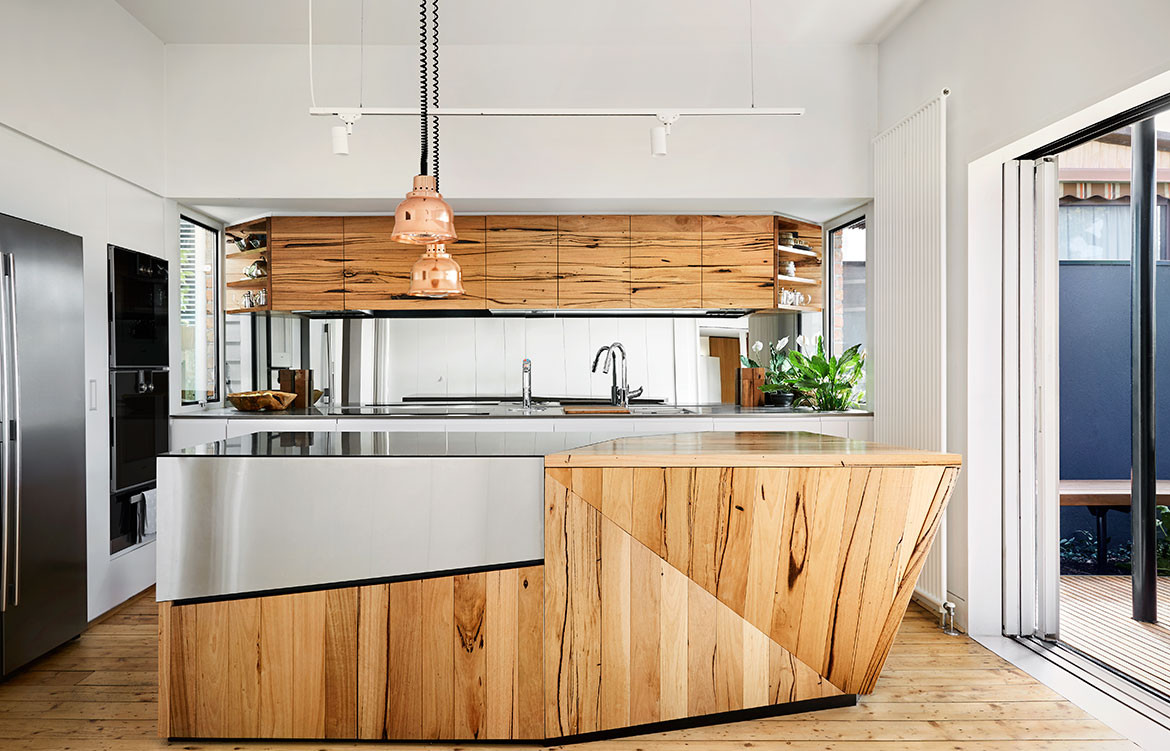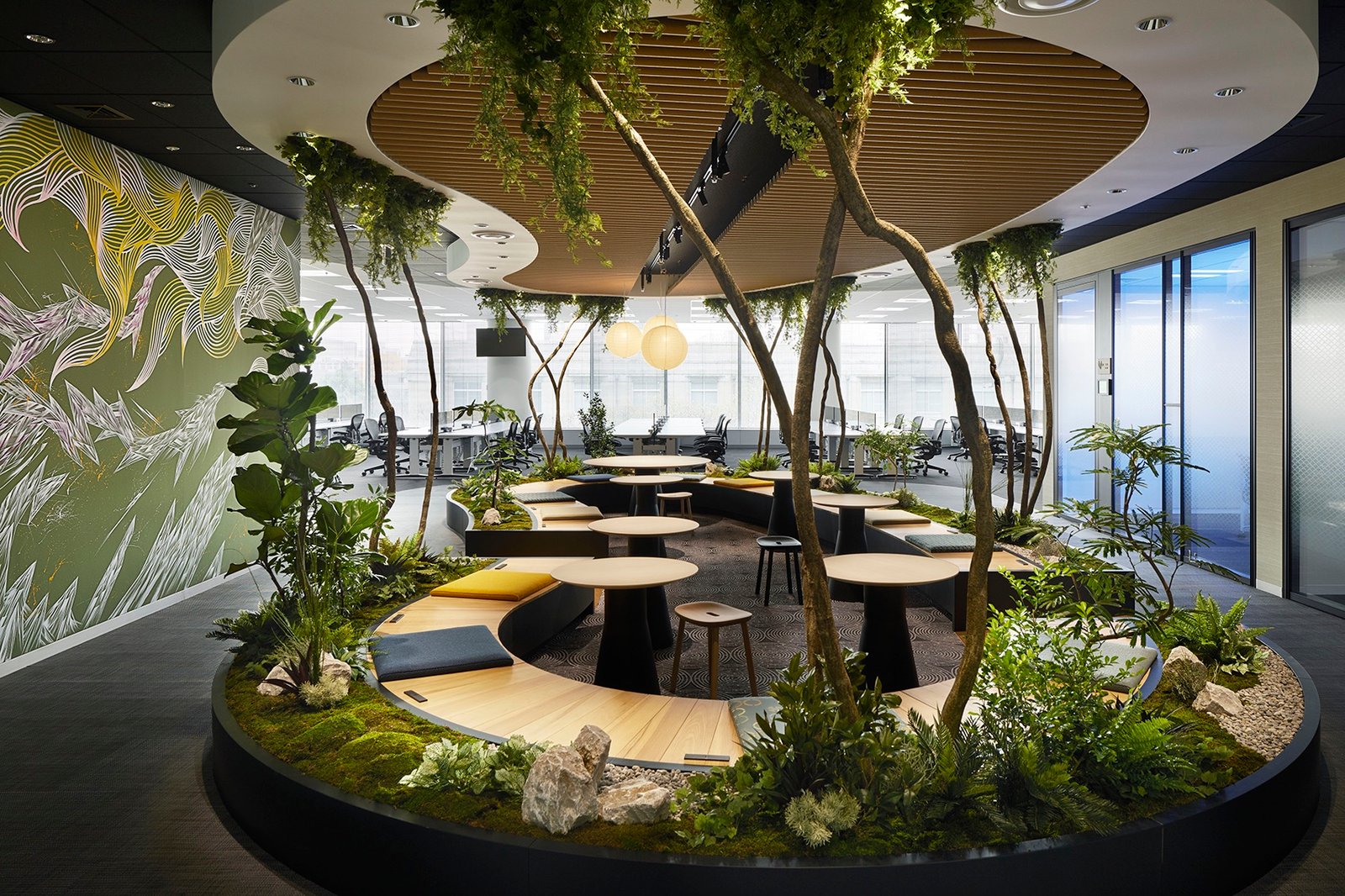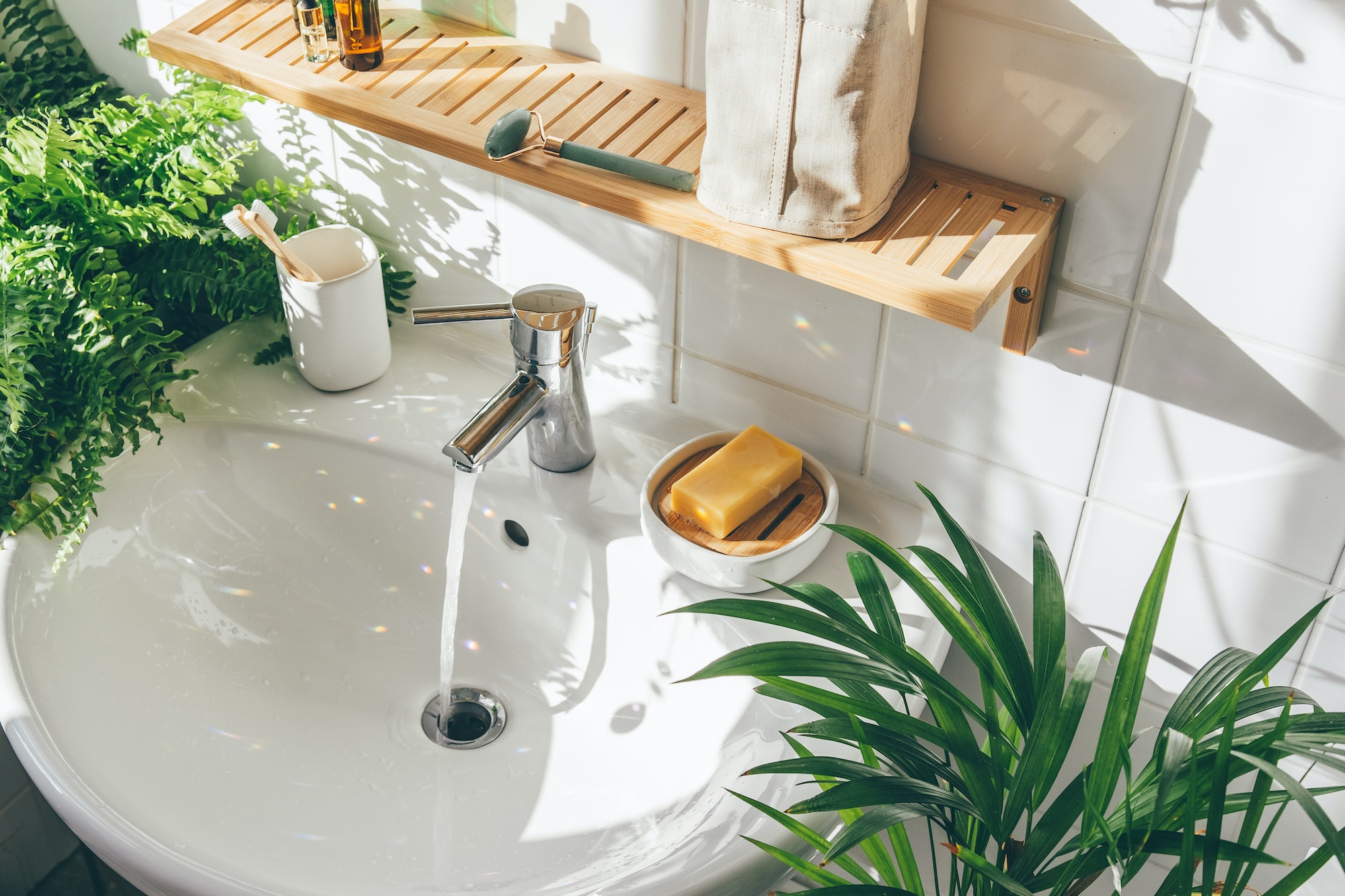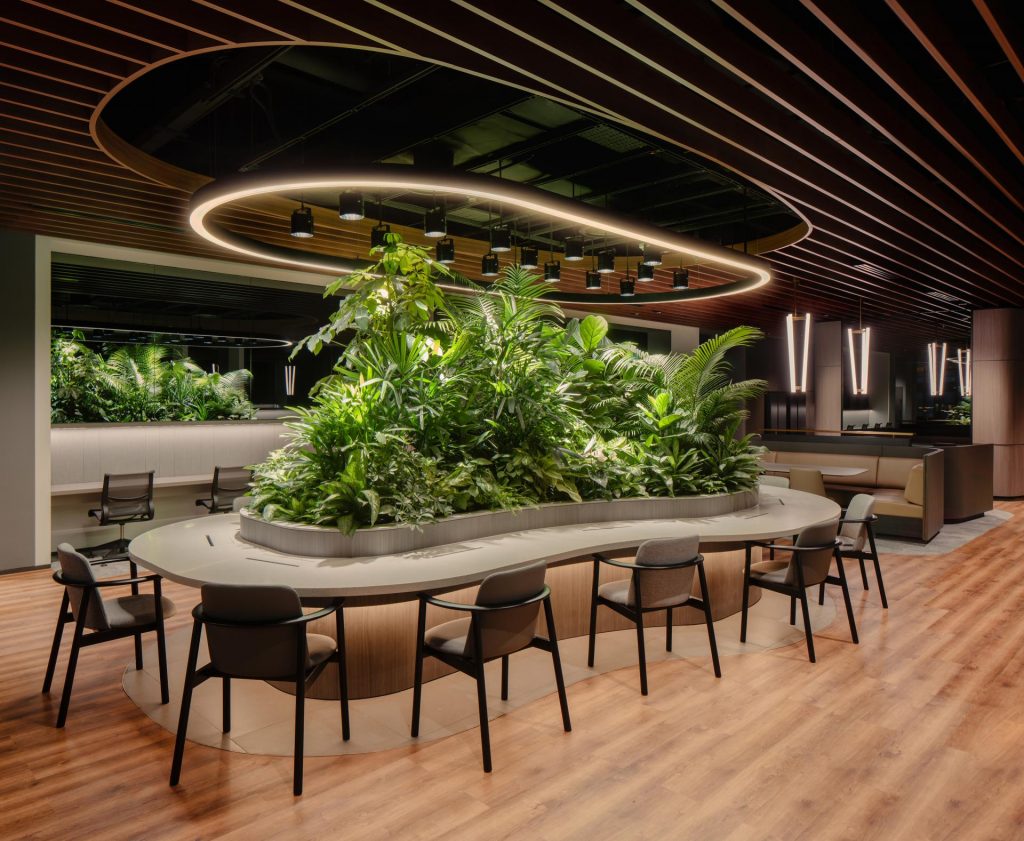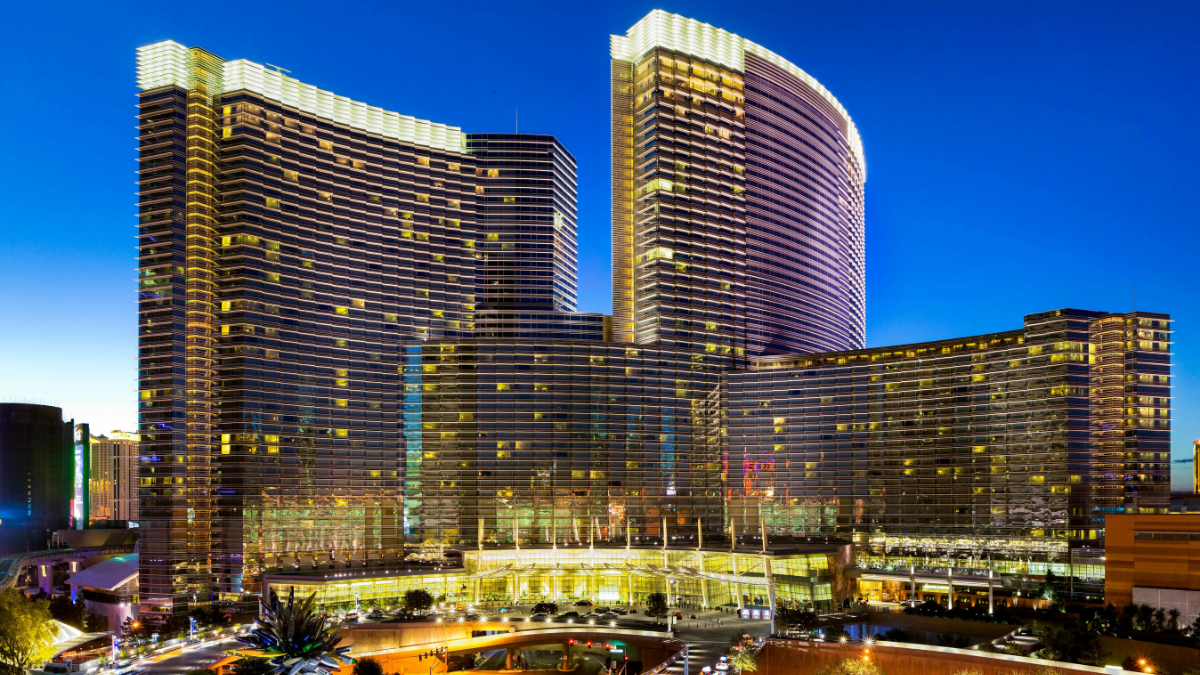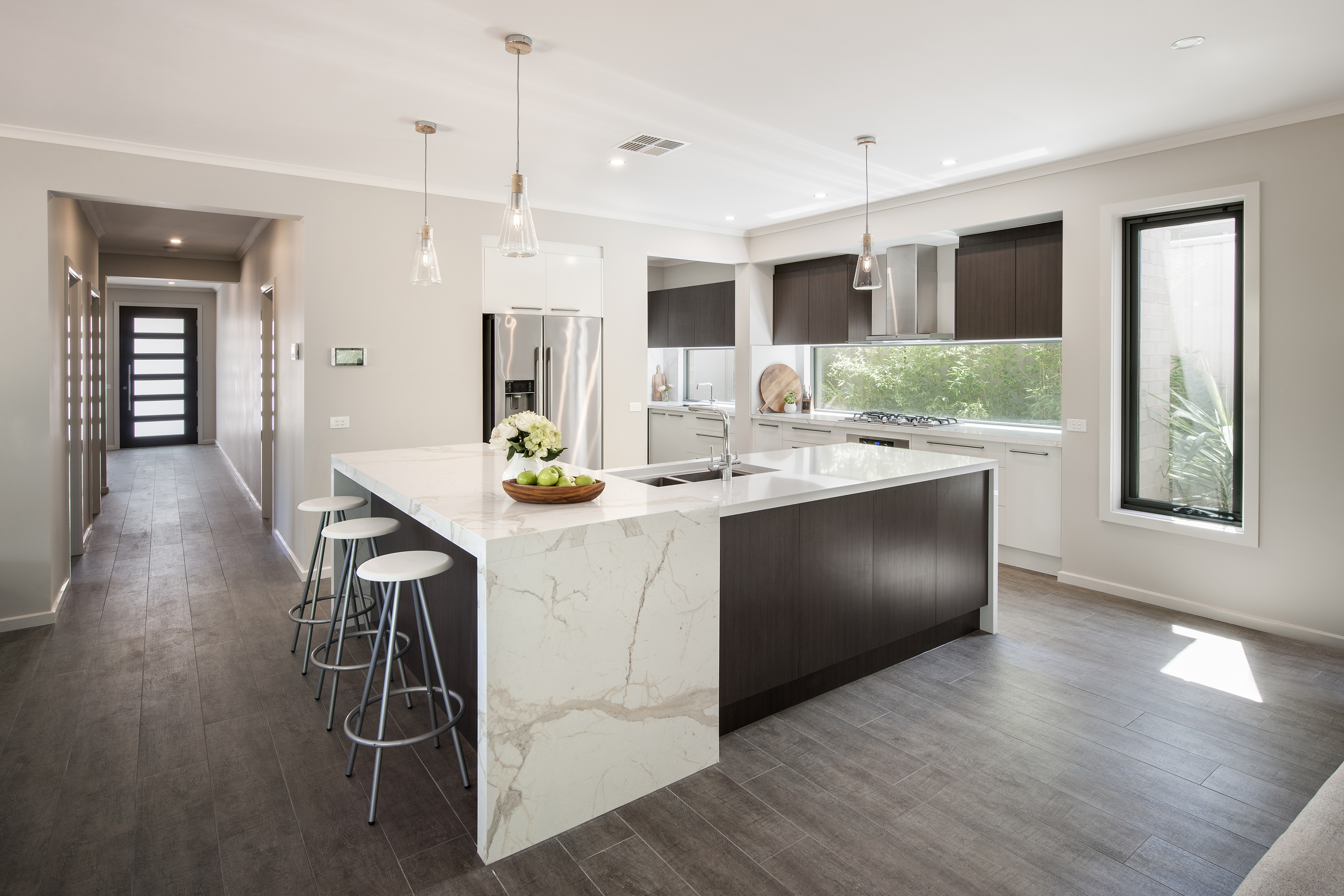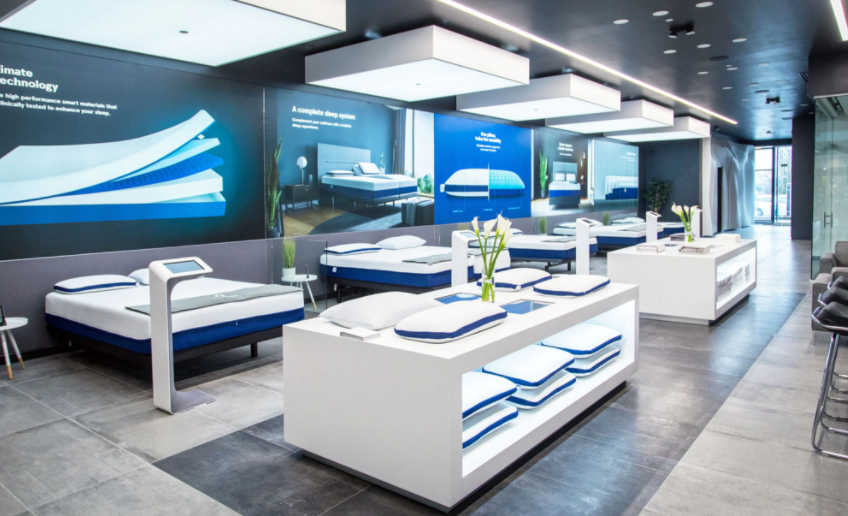In recent years, there has been a significant increase in the integration of smart technology in kitchen and bath design. From voice-activated faucets to refrigerators that can create grocery lists, homeowners are embracing the convenience and efficiency that technology brings to these essential spaces. This trend is expected to continue, with more advanced and innovative products being introduced to the market.1. Smart technology integration in kitchen and bath design
With a growing emphasis on sustainability and eco-friendliness, the use of environmentally friendly materials in kitchen and bath products is on the rise. From recycled materials to energy-efficient appliances, consumers are looking for ways to reduce their carbon footprint and make their homes more eco-friendly. This trend is not only good for the environment but also adds a unique and modern touch to kitchen and bath design.2. Sustainable and eco-friendly materials in kitchen and bath products
The trend towards minimalism and simplicity has also made its way into kitchen and bath design. Homeowners are opting for clean and streamlined designs that create a sense of serenity and organization in these often busy and cluttered spaces. This trend is reflected in the use of sleek and simple materials, such as quartz countertops and flat-front cabinets, in both kitchens and bathrooms.3. Minimalist and streamlined designs in kitchen and bath spaces
As homes become smaller and more compact, there is a growing demand for multi-functional and space-saving solutions in kitchen and bath design. From pull-out pantry cabinets to hidden storage compartments, designers are finding creative ways to maximize space without compromising on style and functionality. This trend is especially popular in urban areas where space is at a premium.4. Increased demand for multi-functional and space-saving solutions
Consumers are no longer satisfied with cookie-cutter designs and are looking for ways to personalize their kitchen and bath spaces. This has led to a rise in customizable and personalized products, such as customizable cabinetry and personalized shower systems. This trend allows homeowners to truly make their kitchen and bath spaces their own and reflects their unique style and preferences.5. Rise of personalized and customizable kitchen and bath products
The bathroom is no longer just a utilitarian space but has become a sanctuary for relaxation and self-care. This has led to an emphasis on wellness and self-care in bathroom design, with features such as spa-like showers and soaking tubs becoming increasingly popular. This trend also includes the use of natural materials and calming color palettes to create a serene and inviting atmosphere.6. Emphasis on wellness and self-care in bathroom design
In recent years, there has been a shift towards open-concept living spaces, and this trend has also made its way into kitchen and bath design. Open-concept layouts allow for a seamless flow between the kitchen, dining, and living areas, creating a more spacious and connected feel. This trend is especially popular for those who love to entertain, as it allows for easy interaction between guests and the host.7. Growing popularity of open-concept kitchen and bath layouts
Gone are the days of all-white kitchens and bathrooms. Designers are now incorporating bold colors and patterns into these spaces to add personality and visual interest. From vibrant backsplash tiles to colorful cabinetry, this trend allows homeowners to make a statement and add a pop of color to their kitchen or bathroom.8. Use of bold colors and patterns in kitchen and bath design
In line with the growing trend of bringing the outdoors in, there has been an increase in the use of natural elements and biophilic design in kitchen and bath spaces. This trend includes the use of natural materials, such as wood and stone, and incorporating elements of nature, such as plants and natural light, into the design. This not only creates a visually appealing space but also promotes a sense of calm and connection to nature.9. Integration of natural elements and biophilic design in kitchen and bath spaces
Finally, there has been a shift towards luxury and high-end features in kitchen and bath products. As homeowners continue to invest in their homes, they are looking for top-of-the-line appliances and fixtures to elevate the look and functionality of their kitchen and bath spaces. This trend includes features such as high-end appliances, luxury spa-like showers, and statement-making fixtures to create a truly luxurious and indulgent experience.10. Shift towards luxury and high-end features in kitchen and bath products
Trend towards Sustainable and Eco-Friendly Designs
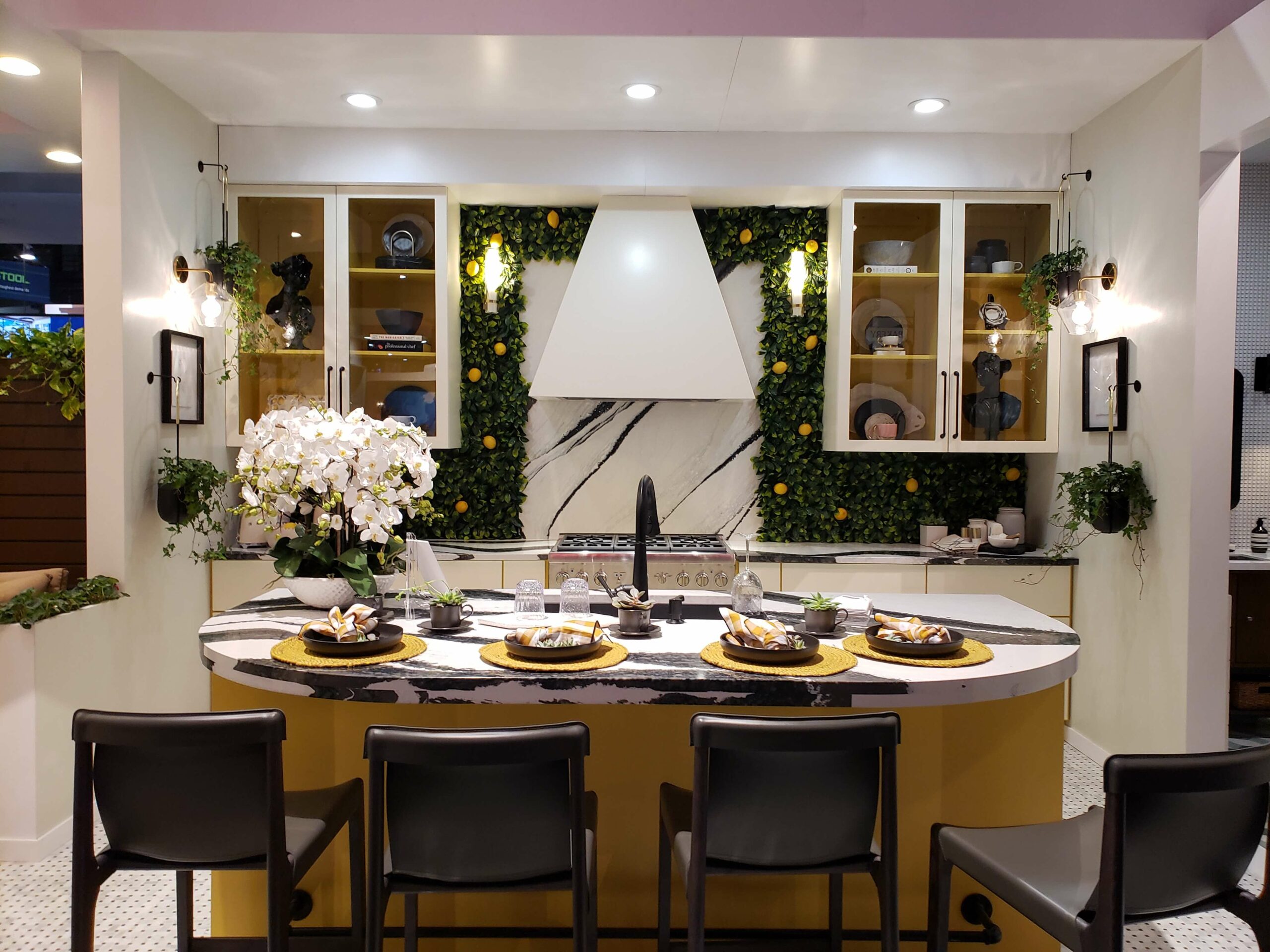
The Importance of Sustainable Design in the Kitchen and Bath Industry
 The kitchen and bath industry has seen a significant shift towards sustainable and eco-friendly designs in recent years. With a growing awareness of environmental issues and a desire to reduce carbon footprint, homeowners are now looking for ways to incorporate sustainable elements into their home designs. This trend is particularly evident in the kitchen and bath industry, where water and energy usage are major concerns.
Sustainability
is defined as meeting the needs of the present without compromising the ability of future generations to meet their own needs. In the context of kitchen and bath design, this means using materials, products, and practices that have a minimal impact on the environment. This includes using renewable resources, reducing energy and water consumption, and minimizing waste.
The kitchen and bath industry has seen a significant shift towards sustainable and eco-friendly designs in recent years. With a growing awareness of environmental issues and a desire to reduce carbon footprint, homeowners are now looking for ways to incorporate sustainable elements into their home designs. This trend is particularly evident in the kitchen and bath industry, where water and energy usage are major concerns.
Sustainability
is defined as meeting the needs of the present without compromising the ability of future generations to meet their own needs. In the context of kitchen and bath design, this means using materials, products, and practices that have a minimal impact on the environment. This includes using renewable resources, reducing energy and water consumption, and minimizing waste.
Eco-Friendly Materials
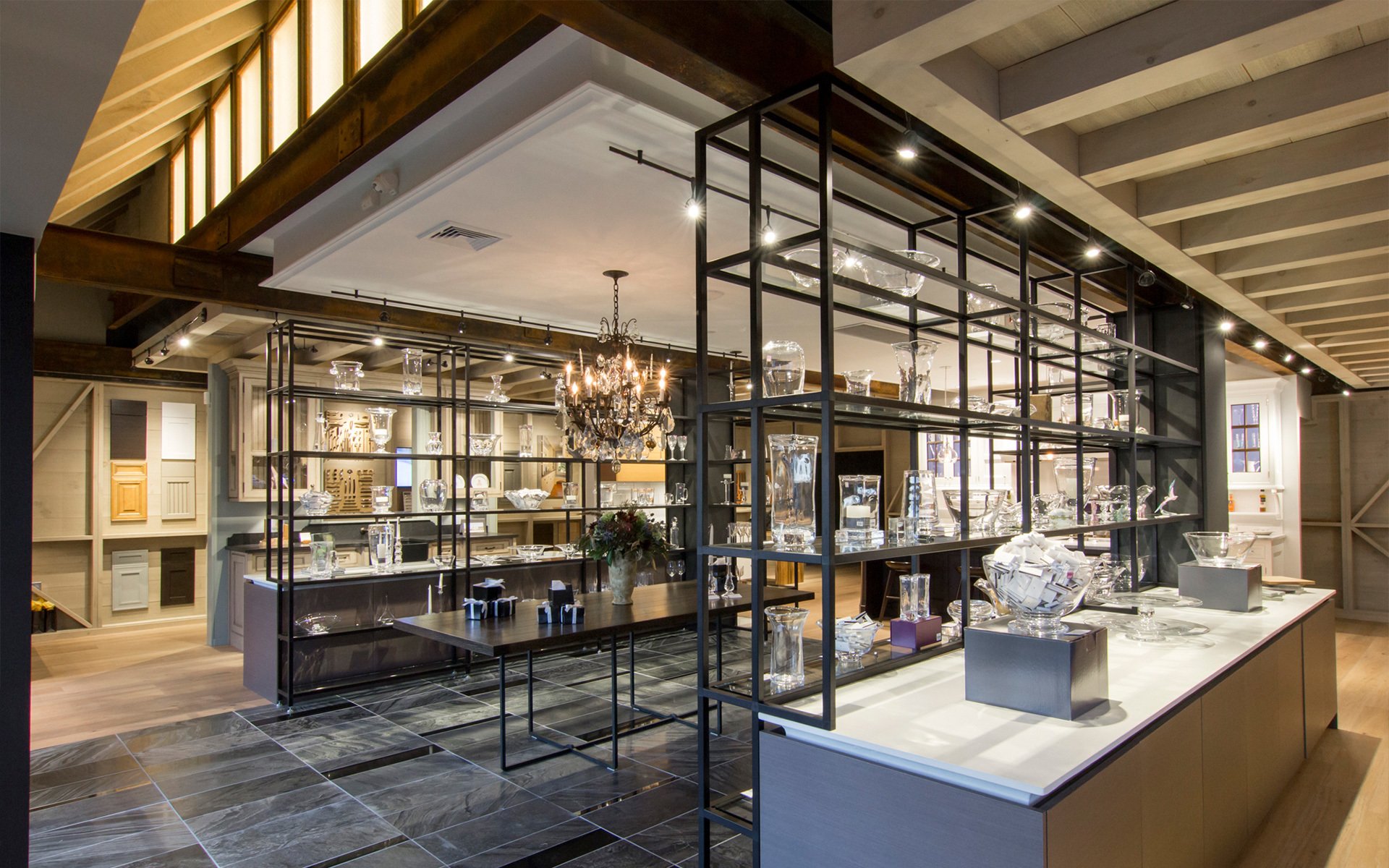 One of the most significant ways to incorporate sustainability into kitchen and bath design is through the use of eco-friendly materials.
Natural materials
such as bamboo, cork, and reclaimed wood are becoming increasingly popular choices for cabinets, flooring, and countertops. These materials are not only environmentally friendly, but they also add a unique and natural touch to the overall design.
Another eco-friendly material gaining popularity in the kitchen and bath industry is
recycled glass
. This material is made from post-consumer and post-industrial waste, reducing the amount of waste that ends up in landfills. Recycled glass can be used for countertops, backsplashes, and even shower walls, adding a touch of color and texture to the design.
One of the most significant ways to incorporate sustainability into kitchen and bath design is through the use of eco-friendly materials.
Natural materials
such as bamboo, cork, and reclaimed wood are becoming increasingly popular choices for cabinets, flooring, and countertops. These materials are not only environmentally friendly, but they also add a unique and natural touch to the overall design.
Another eco-friendly material gaining popularity in the kitchen and bath industry is
recycled glass
. This material is made from post-consumer and post-industrial waste, reducing the amount of waste that ends up in landfills. Recycled glass can be used for countertops, backsplashes, and even shower walls, adding a touch of color and texture to the design.
Energy and Water Efficiency
 In addition to using eco-friendly materials, homeowners are also looking for ways to make their kitchens and bathrooms more energy and water-efficient. This includes
energy-efficient appliances
and
water-saving fixtures
. Energy Star certified appliances use significantly less energy than traditional models, while low-flow toilets, faucets, and showerheads can help reduce water consumption by up to 50%.
In addition to using eco-friendly materials, homeowners are also looking for ways to make their kitchens and bathrooms more energy and water-efficient. This includes
energy-efficient appliances
and
water-saving fixtures
. Energy Star certified appliances use significantly less energy than traditional models, while low-flow toilets, faucets, and showerheads can help reduce water consumption by up to 50%.
The Benefits of Sustainable and Eco-Friendly Designs
 Incorporating sustainable and eco-friendly elements into kitchen and bath designs not only benefits the environment, but it also has numerous other benefits. These designs can help homeowners save money on their utility bills, as energy and water-efficient products use less resources. They also add value to the home, as these designs are becoming increasingly popular among buyers.
As the focus on sustainability and eco-friendliness continues to grow, it is clear that these trends will continue to shape the kitchen and bath industry. By incorporating these elements into designs, homeowners can create beautiful and functional spaces while also making a positive impact on the environment.
Incorporating sustainable and eco-friendly elements into kitchen and bath designs not only benefits the environment, but it also has numerous other benefits. These designs can help homeowners save money on their utility bills, as energy and water-efficient products use less resources. They also add value to the home, as these designs are becoming increasingly popular among buyers.
As the focus on sustainability and eco-friendliness continues to grow, it is clear that these trends will continue to shape the kitchen and bath industry. By incorporating these elements into designs, homeowners can create beautiful and functional spaces while also making a positive impact on the environment.


